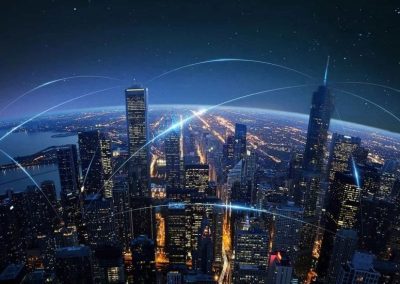Smart cities: How technology is revolutionising urban life

Intro to smart cities
From GPT-powered artificial intelligence and the metaverse to platforms and big data, increasingly more emerging technologies and new alternatives are revolutionising the way we interact with the world around us.
In this article we’ll take a look at the different ways that technology is transforming urban life as well as the potential benefits and challenges involved.
The role technology plays in smart cities
Technology plays a pivotal role in making smart cities a reality. It is the cornerstone that underpins data collection, process automation and decision making based on accurate information.
Developments in the Internet of Things (IoT), artificial intelligence (AI) and big data have opened up fresh new ways to increase efficiency and improve the quality of life in cities.
IoT makes it possible to interconnect devices and sensors to facilitate real-time data collection and analysis.
AI, on the other hand, can process and analyse massive amounts of data to glean insights and patterns that can be used to optimise urban management.
And then there’s big data, which lays a solid foundation for data-driven decision making by mining massive amounts of data to identify trends and patterns.
Combined, these technologies are transforming the way cities operate and offer a broad range of benefits for both locals and tourists alike.
How can we merge these technologies together for an all-in-one solution?
With so much potential, with so much technology at our fingertips, we’re constantly on the lookout for things that make life easier and simpler, because we increasingly want everything faster and quicker.
At iUrban, we’ve created the first tourism management platform for tourist offices that harnesses all of the tech we’ve talked about, providing users with all the information they need in a convenient, fast and simple way.
With Cicerone, we’ve struck the perfect balance between information and technology.
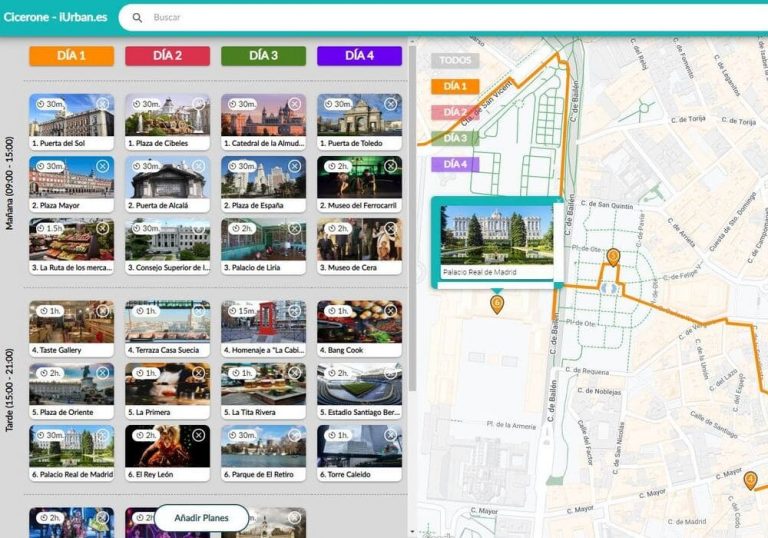
Smart cities and city platforms
Does this mean e-governance or city councils’ GIS systems?
Actually, no. These are verticals, and each vertical has its own supplier (or content manager, if we really want to sound cool), so you’ve probably got a solution/provider for each of these areas:
. E-governance
. Mobility and transport
. Waste and maintenance
. Tourism and commerce? This one is a bit trickier, but since Spain is the third most-visited country in the world, you might be interested in what Cicerone has to offer.
. Air quality
All these verticals have to dump interoperable JSON or CSV data to a city platform to get a “What is happening in my municipality?” dashboard and, more importantly, to answer the question: “Are the KPIs good or not?” Some important things to keep in mind:
– E-governance. Number of formalities completed, carbon footprint savings, citizen satisfaction with processes.
– Mobility and transport. Traffic flow, percentage of public transport use.
– Waste and maintenance. Optimisation of lorry route costs, carbon footprint savings.
– Tourism and commerce? Number of tourists who have visited, satisfaction and intention to return (Net Promoter Score), heat map of the most visited areas, type of tourist who visits , economic growth in the hospitality industry and commerce in general.
A few of the most popular platforms
For destinations they include Telefónica’s Urbo, Elliot Cloud, IBM’s Watson, Cellnex, Indra… All are based on the Fiware standard, as well as free platforms like Sentilo, which is based in Barcelona and is widely used in Catalonia and the Valencian Community.
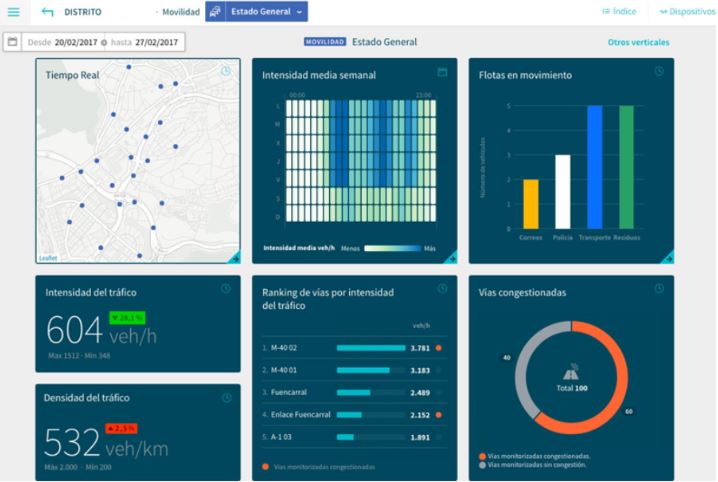
Example of an URBO DASHBOARD for cities
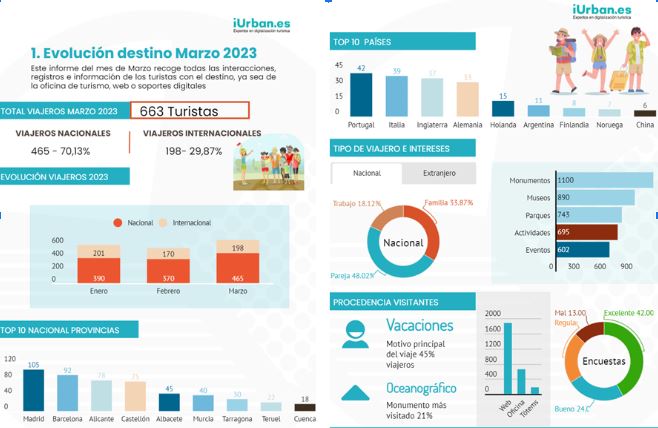
Example of an iUrban tourism vertical
Benefits and the future of smart cities
The future of smart cities is bright. As technology advances and becomes more accessible, smart cities will become the norm rather than the exception.
With the deployment of smart technologies, the cities of the future will be more efficient, sustainable and connected.
Traffic management, energy efficiency, public safety and quality of life will improve significantly as cities start to tap into the full benefits of technology.
However, it is also important to address the challenges and concerns, like data privacy and digital inclusion, that smart cities pose.
Establishing clear regulations and safeguards is central to ensuring that smart cities are used ethically and safely.
It is also important to ensure that all citizens can access the technology they need to benefit from smart city initiatives.
This is the only way to build a truly inclusive and sustainable urban future.
BIG DATA. The key to change in smart city technology
One of the most powerful and popular tools is big data, large pools of data that can be captured for subsequent analysis and evaluation.
Big data’s biggest impact is in facilitating decision making. This is because the tools used to draw conclusions offer a predictive assessment of potential outcomes.
The historical development of new information technologies illustrates how each cycle of capitalist economic growth is matched by a new wave of technological innovation that drives production.
Changes in technology and science are transforming our society on an economic, social, political and cultural level. We live in a world where every facet of our lives has been touched by technological disruption. The internet. Social media. Smartphones.
Can today’s cities become smart cities?
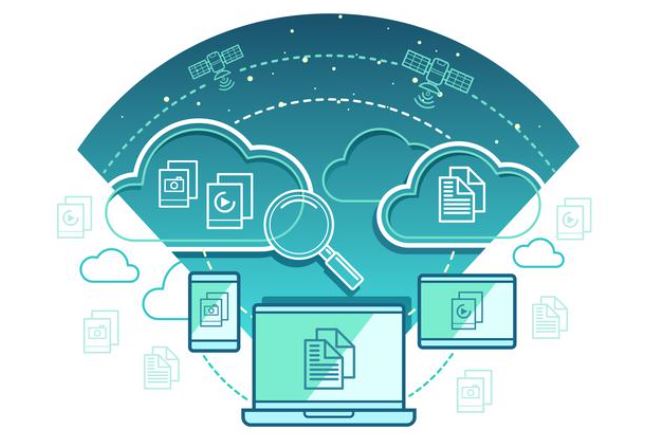
Smart cities aren’t new projects that have to be started from the ground up; rather, they’re geared toward adapting and upgrading existing cities.
It’s true that transforming into a smart city is a different and unique process for each location, but the goal that all cities should share is the same. The optimal model covers a range of different areas, including:
- Power distribution: Generate power that is distributed throughout the city through an individual supply model that does not centralise nor generalise.
- Smart grids: Data measuring per individual. Improves the flow of data between the user and the service centre.
- Smart metering: Using remote meters that can be used to collect information remotely and in real time. That is, smart metering of electricity consumption.
- Smart buildings: Building renovation. Creating automated buildings by harnessing the power of integrated applications and energy production systems. These buildings’ main advantage would be their ability to function as a single intelligent unit.
- Smart sensors: These collect the data a city needs to become a smart city, interconnected and informed.
- eMobility: Deployment of electric vehicles, as well as charging stations. These charging points can be both public and private.
- ICT: Information and communication technologies. All subsystems need to run smoothly, and to do so, they must be monitored. Using ICT, both citizens and government agencies can actively participate in monitoring the city.
- Smart citizen: Active participation by the smart population is essential if a smart city is going to work.
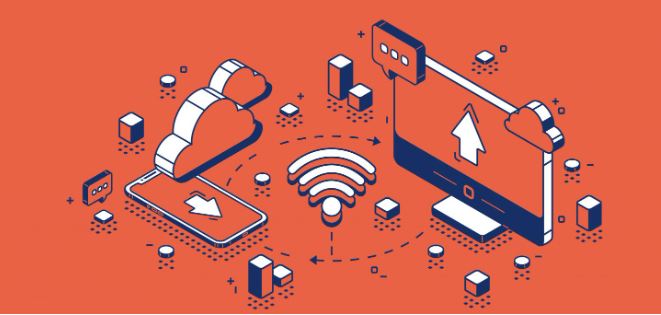
Five smart city actions to improve the quality of life
– Smart tourism.
Technologically speaking, smart tourism aims to redefine processes and the way tourism is organised. The idea is to create and promote peaceful coexistence between locals and tourists. Projects based on this trend will focus more closely on energy management.
– City objects.
Buildings, ports, airports and stations have an impact on the services that cities provide and can offer valuable data for a better deployment of public services. This is an initiative that links city objects to residents and identifies relevant data to help the city run more smoothly.
-5G.
Spain has an ecosystem of cities, operators and manufacturers with the capacity to experiment with the potential uses of this new technology, including self-driving cars, large-scale crowd management and IoT.
– Smart rural communities.
Spain has depopulation issues and enormous rural potential, which is why there needs to be a response to the type of services that a country can offer. The aim is to take action and promote rural areas.
– Public services 4.0 in city and rural platforms. New public services have moved beyond the stages of maximising the number of units produced, converting complex services into products and automation. The next step is to empower platforms to further personalise services through the new possibilities that technology offers.
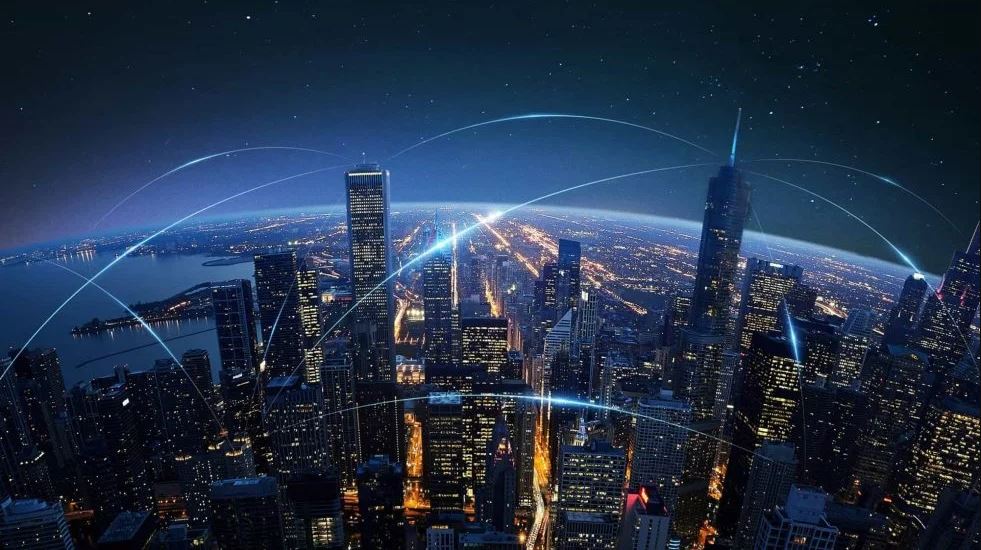
Are smart cities a risky proposition?
Like every new project, smart cities are seen as risky and potentially difficult to achieve. That said, the advantages that a smart city delivers are an end-to-end improvement in urban management and the quality life of the people who live there by, for example:
1. Making it easier to integrate government processes, and in turn providing the transparent and essential information needed for better decision making and budget management.
2. Creating shared procedures that increase the government’s efficiency.
3. Optimising resource allocation and helping to cut unnecessary expenses.
4. Raising residents’ level of satisfactiom by providing better user service and improving the reputation of government agencies.
5. Creating more space for government engagement by civil society groups and citizens through the use of technological tools that help citizens monitor public services, identify problems and inform and interact with the local administration to come up with a solution.
6. Producing performance indicators that can be used to measure, compare and improve public policies.
Have any questions?
We’re here to help.
Remember: Consultations are free. We’ll get back to you in 24 business hours.

